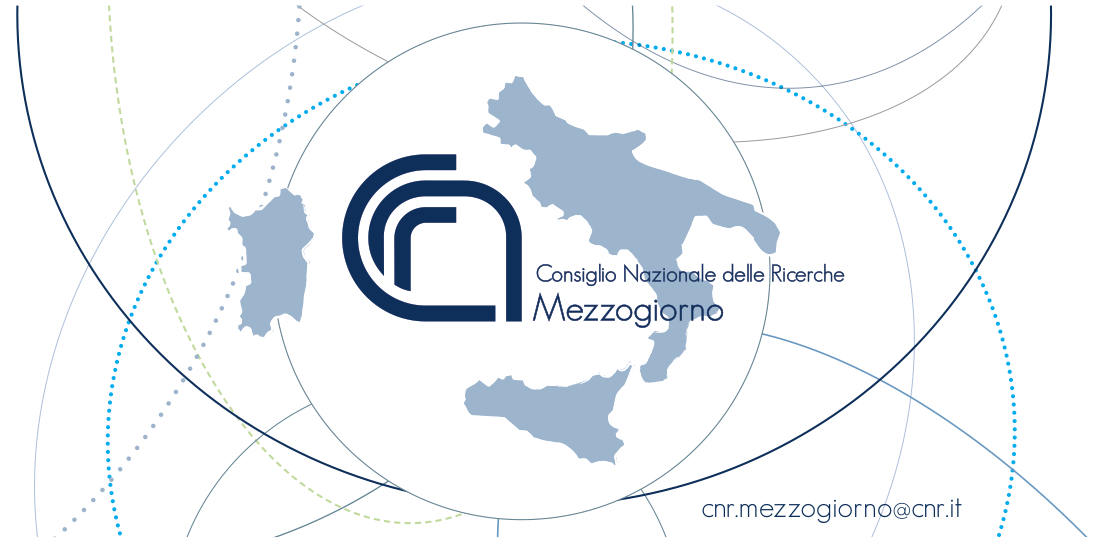
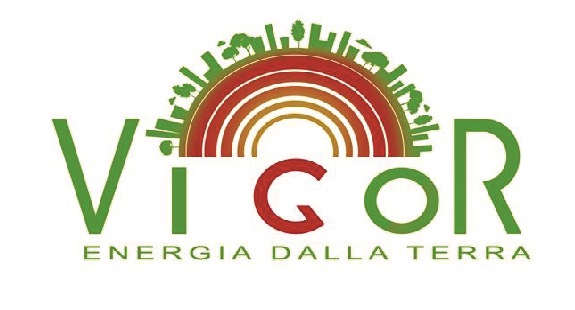



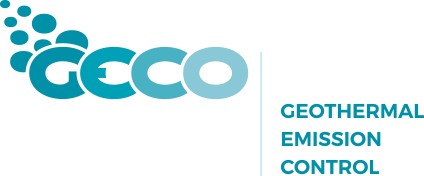




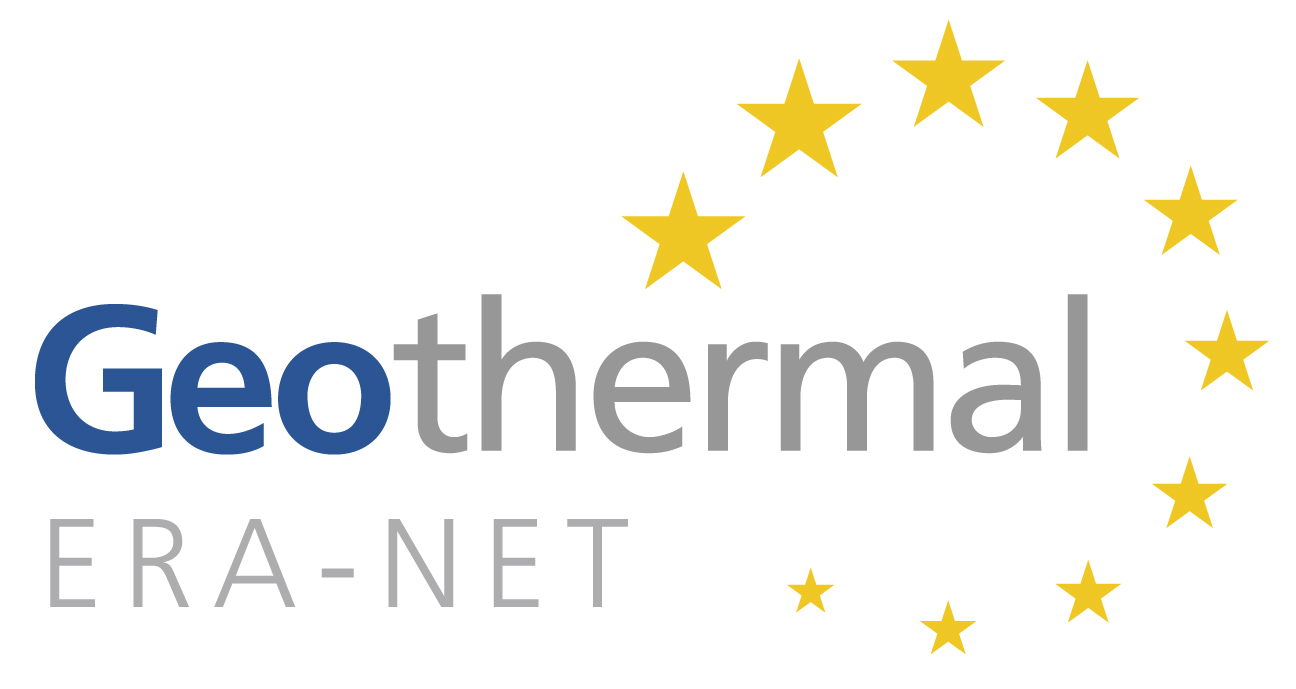


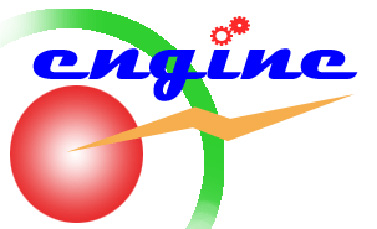

National
-
2011-2016 Project Atlas Geothermal of the Southern Regions of the “CNR per il Mezzogiorno” Program, with 17 project partners (CNR coordinator and sole beneficiary, agreements with universities and INGV).
Results
- Drafting of a Geothermal Atlas for the South of hydrothermal and unconventional geothermal resources in 9 Italian regions
- Up-to-date database of public data on wells (stratigraphy, chemical-physical parameters) and springs (chemical-physical parameters) of the Southern regions and geothermal information desk
- Favourability maps for hydrothermal and non-conventional geothermal systems. All favourability maps are accompanied by the information layers used to obtain them
- Detailed analysis of environmental parameters, definition of management and sustainable maintenance criteria
-
2010-2014 Project VIGOR for the Evaluation of the geothermal potential of Convergence Regions , funded by the Ministry for Economic Development under the POI Energia, line 1.4, with 20 partners (CNR coordinator and sole beneficiary, agreements with universities and INGV)
Results
- Homogenization of data relating to the evaluation of the geothermal potential of the reference regions
- Evaluation of the geothermal potential on a regional scale in Calabria, Campania, Puglia, and Sicily. Maps of geothermal potential for electricity production, district heating&cooling, geothermal potential for closed loop geothermal heat pumps (GHP) and favouring open loop GHP
- Definition of the geothermal resource present in 8 pilot sites and complete project proposals (technological and economic) for their use
- Complete description of the legislation (national and of the reference regions) that regulates the implementation of geothermal plants
- Promotion and dissemination of project activities and products
International
-
2022-2025 European Project GEOTHERM_FORA , which aims to facilitate research and innovation activities (R&I) in geothermal systems by supporting the work of two already established geothermal forums: The European Platform for Technology and Innovation on Deep Geothermal Energy (ETIP-DG) and the Working Group for the Implementation of Deep Geothermal Energy (DG-IWG).
-
2022-2025 European project (EIC Pathfinder) DeepU (Deep U-tube heat exchanger breakthrough: combining laser and cryogenics gas for geothermal energy exploitation). The disruptive technology envisaged by the project is set to revolutionize the deep geothermal energy sector. DeepU's ultimate goal is to extract energy from the subsoil using deep (> 4 km), vitrified, waterproof and non-cracked U-tube heat exchangers, developing fast and effective drilling technology that combines laser and cryogenic gas in a single technological perforation solution. This innovative technology liquefies and vitrifies the rocks, leaving the well ready for heat exchange immediately after drilling. Furthermore, the laboratory-scale demonstration produces the information necessary to assess the technological, environmental and economic sustainability and define the potential and commercial attractiveness of the proposed solution.
-
2020-2025 European Project (H2020) LeapRE aims to create a long-term partnership of African and European stakeholders in the field of renewable energy. Within 5 years, the project aims to support collaborative research and innovation projects, and will develop innovations in the field of renewable energy directly as part of the project.
-
2018-2022 European project (H2020) GECO (Geothermal Emission gas COntrol) is a European project co-financed for four years (01/10/2018 - 30/09/2022) by the European Commission under Horizon 2020, the Framework Program for Research and Technological Development 2014 - 2020. The Project involves 18 Partners from 9 different countries, including Research Bodies, Universities and Companies active in the geothermal sector in Europe. The project aims to study and develop the production of zero-emission geothermal energy at an industrial level. Geothermal fluids can naturally contain small variable amounts of CO2 and H2S which, if released into the atmosphere, can negatively contribute to the ongoing climate changes. For this reason, the project envisages the development and implementation of innovative purification technologies and the use of geothermal fluids leaving and re-injection in the extraction sites, in four distinct European geothermal areas. CNR-IGG is responsible for studying scenarios for the safe confinement of CO2-rich re-injected fluids, including their possible interaction with rocks, through an accurate geological, geophysical, hydrological and geochemical monitoring program, at an experimental level and through geochemical modeling. surrounding.
-
2018-2021 European project (H2020) GEOENVI - (Tackling the environmental concerns for deploying geothermal energy in Europe). The primary objective of GEOENVI was to ensure that deep geothermal energy plays an important role in the future of the European energy sector, demonstrating the sustainability of its technologies, developing a response strategy to environmental issues based on the following activities:
- Analysis of the environmental impacts and risks of geothermal projects in operation or under development in Europe, and comparison with other energy technologies;
- Definition of a framework to propose recommendations on environmental legislation to policy makers and to project developers of environmental risk assessment methodologies;
- Appropriate and complete communication of environmental aspects.
-
2016-2020 European project (H2020) GEMex - Cooperation in Geothermal energy research Europe-Mexico for development of hot enhanced (hot-EGS) and super-hot geothermal (SGHS) systems (H2020). The goal of the GEMex Project was to deepen the knowledge of unconventional geothermal systems. In particular, the systems called EGS and superhot were studied respectively in the localities of Acoculco and Los Humeros. Through the application of geological, geophysical, geochemical, volcanological, hydrogeological investigations and numerous laboratory tests, it was possible to characterize the two study areas in great detail. In Acoculco, a fractured area was identified that could be connected to the existing wells through hydraulic stimulation, so as to make the reservoir more permeable and therefore usable. In Los Humeros, studies have identified a deeper reservoir than the one currently used.
-
2017-2019 European project (H2020) DG-ETIP - (Support to the activities of the European Technology and Innovation Platform on Deep Geothermal). The project had the task of providing support to the European Platform on deep geothermal energy, expanding the activities of the Scientific Secretariat for 1) the development of a complete stakeholder group, coming from the industrial, research, government (agencies and ministries) sectors, and company representatives (non-governmental bodies, industry associations); 2) the preparation of strategic documents (Vision, Strategic Research Agenda and a Technology Roadmap); and 3) contribute to the SET PLAN activities regarding the definition of the research and innovation policy and strategies.
-
2015-2018 European project (H2020) DESCRAMBLE - (Drilling in supercritical geothermal condition). The project had the objective of studying and drilling deep areas of the geothermal field of Larderello, in Tuscany, and verifying the deep chemical-physical conditions to evaluate the possibility of producing electrical energy and heat from supercritical resources connected to the placement of bodies magmatic at low depth.
-
2013-2017 European project (FP7) Geothermal ERA-NET . The project, in order to promote cooperation between operators and administrators of national research programs in the field of geothermal energy, had the objective of coordinating information relating to geothermal research activities. The technical and non-technical barriers to the development of geothermal energy have been analyzed, the main stakeholders have been identified, the research centers and universities that provide courses in geothermal have been cataloged, and topics (8) of transnational interest have been defined on which focus research and funding. 8 joint activities were therefore activated to deepen and coordinate future actions.
-
2012-2016 European project (FP7) IMAGE - (Integrated Methods for Advanced Geothermal Exploration). A research project dedicated to integrated methods for geothermal exploration.
-
2011-2013 European project (IEE "Intelligent Energy") GEOELEC - (To Develop Geothermal Electricity in Europe to have a renewable energy mix ). The main objective was to stimulate banks and potential investors to finance the production of electricity from geothermal sources. GEOELEC has produced an action plan towards greater production of electricity from geothermal sources in Europe, with the aim of doubling the installed capacity of electricity from geothermal sources in Europe by 2020.
-
2005-2008 European project (FP6) ENGINE - (ENhanced Geothermal Innovative Network for Europe). The project was a Coordination Action mainly focused on the coordination of research and the development of initiatives for EGS systems in Europe, establishing a collaborative network between research institutions and with the participation of industry.
-
2005-2009 European project (FP6) I-GET - The CNR-IGG coordinated the preparation of the Vision, Roadmap and Strategic Research and Innovation Agenda of ETIP-DG and is Chair of the Education and Information Committee of IGA. He is also currently co-chair of ETIP-DG and co-chair and subprogram leader on the 'Resource assessment' of EERA-JP Geothermal.





